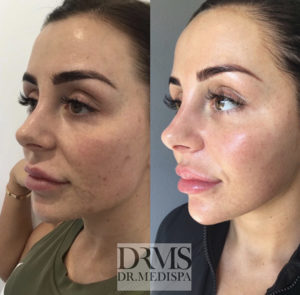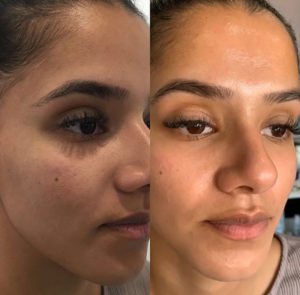Salicylic Acid Skin Peels
Salicylic acid skin peels are an effective treatment for acne-prone and congested (oily) skin.
The peels are based on salicin, which has long been valued for its medicinal and antibacterial properties. It can also reduce pain, fever and inflammation.
The acid solution breaks down the oils and fats (lipids) in the outer layers of skin, and has a cleansing effect on clogged pores. Because it only works on the epidermis, damage is more superficial and recovery time is therefore quicker.
Salicylic acid skin peels may also help to reduce scarring as well as fine lines and wrinkles.



